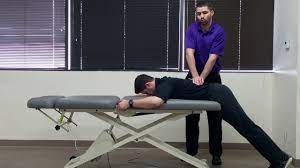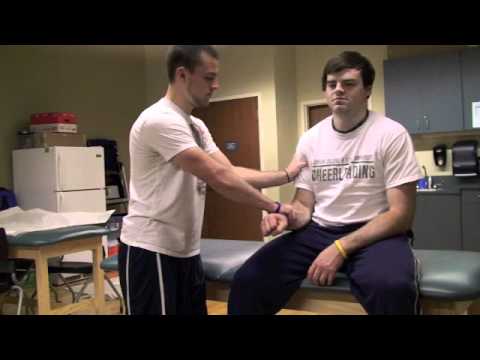Sacral apex pressure test:
- This test is also known as the sacral thrust test
- Sacral compression test
- Downwards pressure test
- Sacral spring test
- Prone springing test
- This Sacral apex pressure test is a pain provocation test that is used to diagnose sacroiliac dysfunction.
- A positive test of single does not have high diagnostic accuracy but a combination with the other sacroiliac pain which is provocation tests gives valid evidence for the sacroiliac joint SI joint dysfunction.
What is the purpose of the Sacral apex pressure test?
- This Sacral apex pressure test is used to check the problem in the sacroiliac joint- SI joint.
How do you perform the Sacral apex pressure test?
- The patient lies in a prone position for the test.
- The patient lies in a prone position on a firm surface while the examiner places the base of his or her hand at the apex of the patient’s sacrum.
- Pressure is then applied to the apex of the sacrum on the ilium.
What is the result of the Sacral apex pressure test?
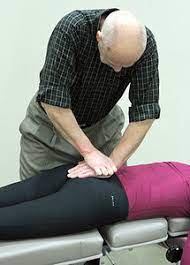
- The test may indicate a sacroiliac joint problem if the pain is produced over the joint.
- The test causes a rotational shift of the sacroiliac joints.
Evidence of the Sacral apex pressure test:
- The gold standard of the Sacral apex pressure test is to evaluate the sacroiliac pain provocation tests in the intra-articular injection of the local anesthetic in the SI joint = sacroiliac joint, under the guidance of radiological imaging.
- A specified level of pain reduction of 70-90% must be accomplished.
- There are some problems are available related to the use of this gold standard of this test:
- This test only investigated the intra-articular pain sources
- Not all structures but the capsule of the SI joint are affected
- The test must be used to a needle which is maybe produced & increase the pain
- Most pain provocation tests for the sacroiliac region exist & they have been subject to clinical research.
- Recommendation of Grade A which is based on the 3 levels of the 1B studies identifies the 4 to 5 tests with the highest specificity & sensitivity among known sacroiliac pain provocation tests & acceptable intertester reliability is also included in the clinical examination:
- Laslett et al
- Who is described to study in 2005
- In this state which is no further examination for wishful if both distraction & thigh thrust test provokes familiar pain.
- If only one test / other tests are positive further testing is required to obtain a valid result.
- Values for diagnostic utility are found here.
- The Sacral apex pressure test is to intertester reliability = 74 [moderate] kappa=0,52 & p<0,001.
- Sensitivity of the Sacral apex pressure test = 63%
- Specificity of the Sacral apex pressure test = 75%.
- The positive predictive value of the Sacral apex pressure test is= 56%
- The negative predictive value of the Sacral apex pressure test is = 80%.

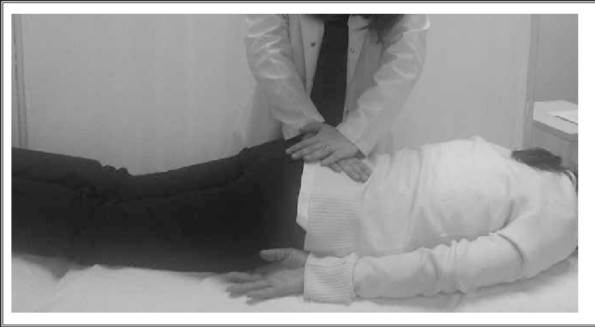
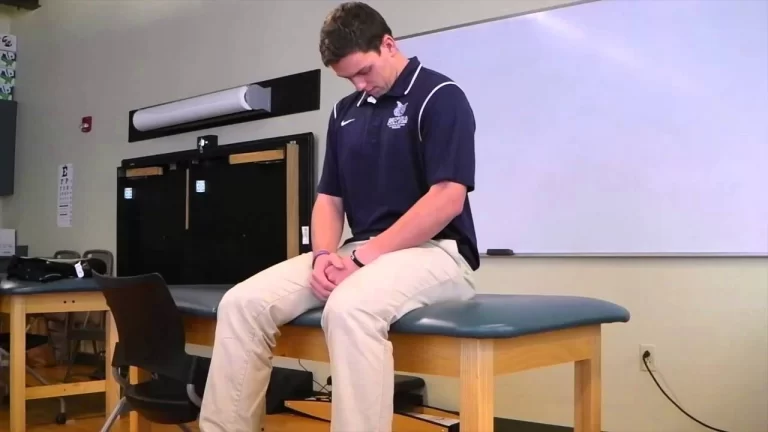
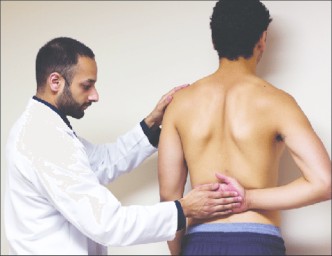
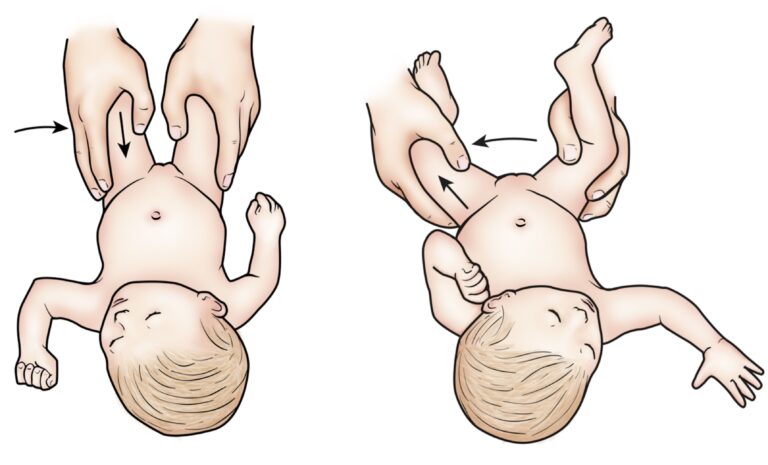
![Test for tight retinacular [ collateral ] ligaments:](https://mobilephysiotherapyclinic.in/wp-content/uploads/2022/02/test-for-tight-retinacular-ligaments.jpg)
